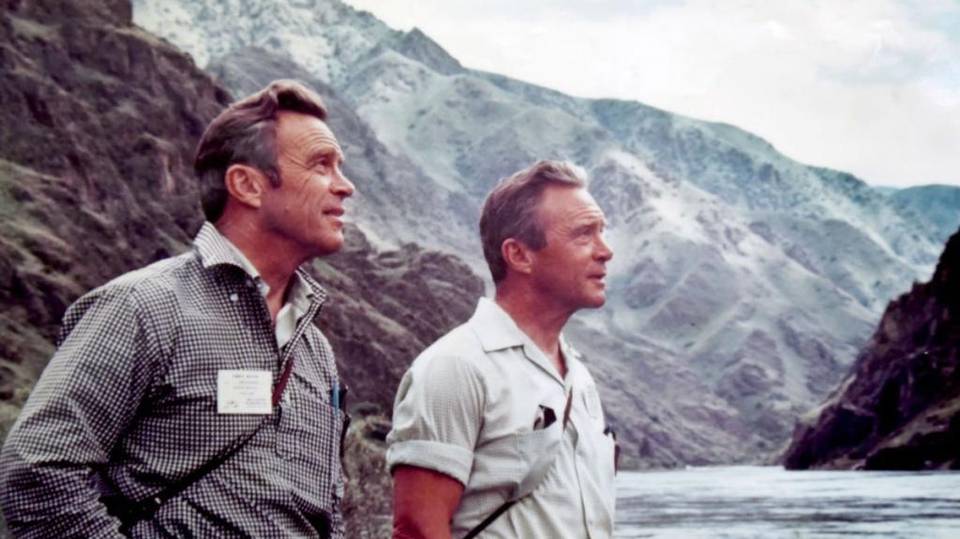forum
library
tutorial
contact

'The Lifeblood' of Our State: For 50 years,
Saving Rivers has Been Good for Idaho
by Tim Palmer and LuVerne Grussing
Idaho Statesman, October 14, 2017
|
the film forum library tutorial contact |

|
'The Lifeblood' of Our State: For 50 years,
by Tim Palmer and LuVerne Grussing
|
 With leadership by four-term Idaho Sen. Frank Church, the National Wild and Scenic Rivers Act was passed in 1968 and established America's premier program for safeguarding free-flowing waterways. Now, as the 50th anniversary of this legislation approaches, it's a good time to reflect on what has been gained.
With leadership by four-term Idaho Sen. Frank Church, the National Wild and Scenic Rivers Act was passed in 1968 and established America's premier program for safeguarding free-flowing waterways. Now, as the 50th anniversary of this legislation approaches, it's a good time to reflect on what has been gained.
By the 1960s, 70,000 dams had been built on virtually every major river in 48 states, and more dams were proposed to flood hundreds more valleys and canyons. Inspired by Idaho's Salmon and Snake rivers, and alarmed by the threats of dam proposals on them, the preeminent wildlife biologists of the day, John and Frank Craighead, conceived a program to set aside the best remaining streams. Sen. Church honed their idea into legislation.
Passing unanimously in the Senate and by 265-7 in the House back in a sensible age of bipartisanship, the measure banned new dams for designated rivers and directed agencies to safeguard river values where the land is federally owned.
Idaho was distinguished in this landmark initiative with the Middle Fork Salmon, Middle Fork Clearwater, Selway and Lochsa among only 12 streams immediately enrolled nationwide. Protocols were set to expand the system, which has grown to 300 rivers.
In 1975 the Snake River in Hells Canyon was added, halting the threat of High Mountain Sheep Dam, which Gov. Cecil Andrus proclaimed would be built only "over my dead body." Congress added the Salmon River in 1980. Then in 2009, against all odds, 16 streams in the Bruneau and Owyhee basins were added following an extended campaign by conservationists who ultimately gained support of ranchers with a common goal: to keep their rivers intact and their waters available for fish, wildlife and existing ranching use.
We doubt that many people today would try to make the case that the Selway should have been dammed at Penny Cliffs, as once proposed, or that the Salmon should have been impounded above Riggins, or that the Snake should have been buried under 700 feet of reservoir in Hells Canyon. Saving these rivers, just as they are, has been good for Idaho. Had we done otherwise, today's imperiled runs of salmon would certainly be extinct.
These and other free-flowing waters have become the lifeblood of local and statewide economies, from rafting on the Middle Fork to fly fishing on the South Fork Snake. Because of its rivers, Idaho has become a vacationing hotspot for Americans from presidents on down. While Colorado has its renowned high country and California its beaches and redwoods, Idaho has its estate of wild rivers -- unique to America and the world.
Rivers enliven Idaho, and recognition of our finest in the National Wild and Scenic Rivers system is the best thing that could have happened to them. Half a century after Frank Church represented us so well, it's time to reflect on the gifts that these streams offer on everyone, and to renew efforts so that other worthy rivers are protected for the generations to come.
learn more on topics covered in the film
see the video
read the script
learn the songs
discussion forum
